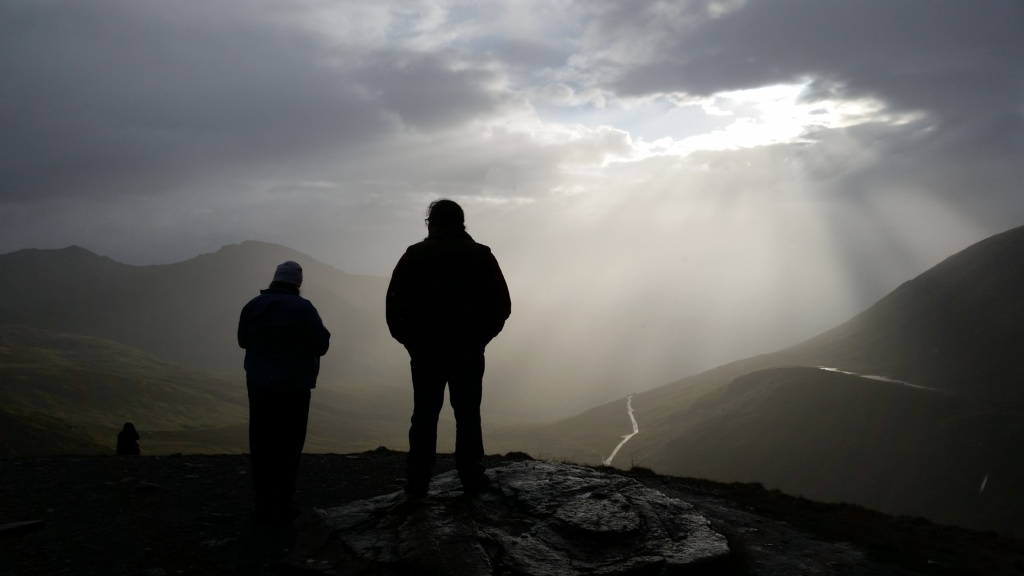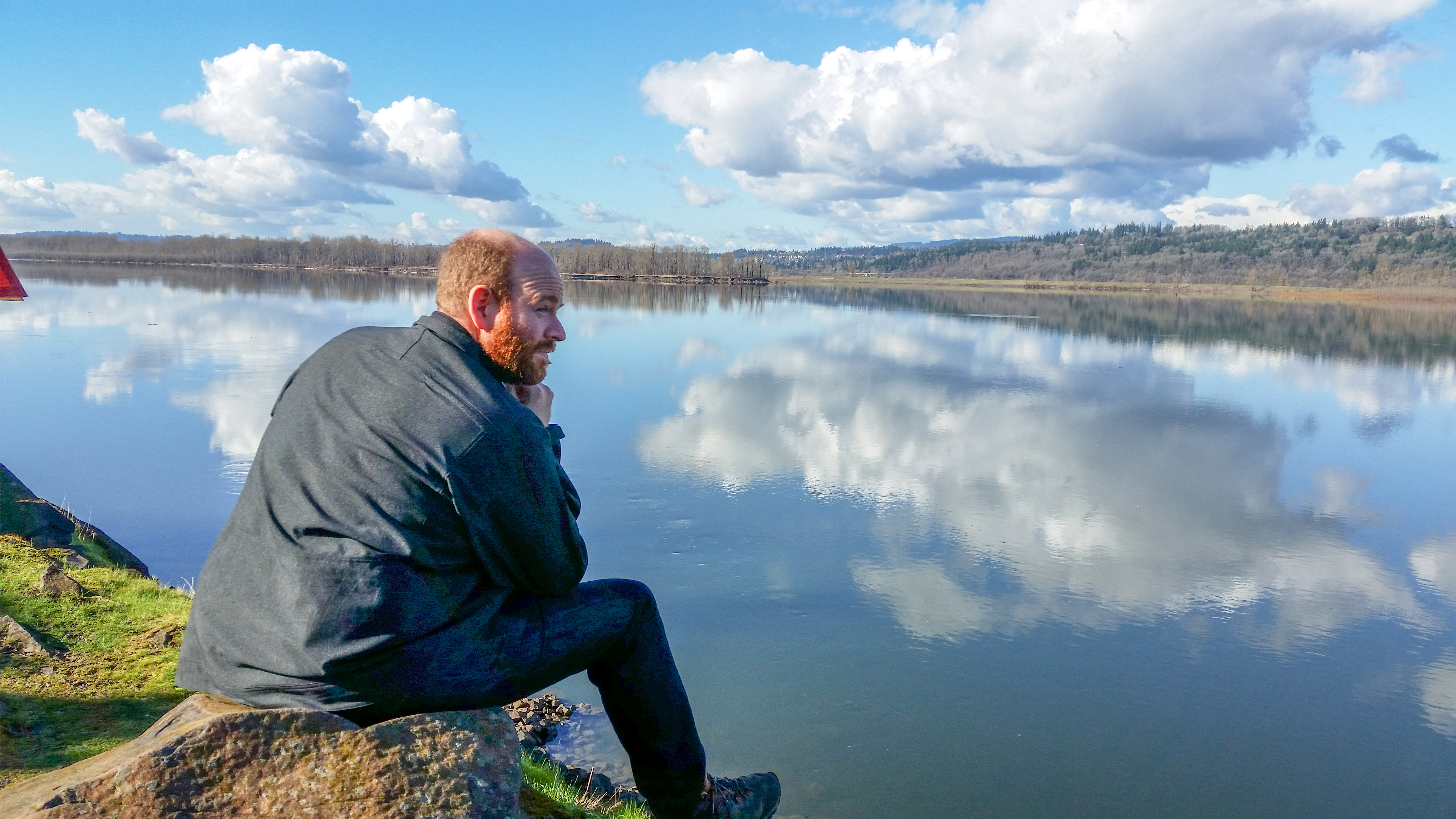What did we ever do without our cell phones? In this era of miraculous technology it’s hard to remember how it was to wait until we got home to make a call or to search for a phone booth along the way. They have revolutionized communication. These little devices have also revolutionized photography as well.
Gone are the days of limiting the amount of photographs that you take or the need for delayed gratification due to having to send the film out for developing. We just snap, smile, share with our friends on social media or email then forget about them as we continue to record in more pictorial detail our day to day lives.
As cell phone camera technology is improved the pictures become better and better. They have become so good that they have essentially replaced the point and shoot camera. They are all the average person will ever require for their personal photography needs, and even though they have become incredibly capable, they still take a little experience to master, especially in challenging light. A few tricks can make your photos even better.
Don’t shoot with a dirty lens. As we carry our phone here and there we can put them through a lot. Dust and dirt can collect on the lens of the camera. A little lens cleaner on a soft cloth will help to keep your photos clear and crisp.
Don’t miss the shot. Cell phone cameras won’t give you an instant shutter actuation. They take a second or two to find and focus your subject. This is referred to as shutter lag. Anticipate this shutter lag and be prepared to get the shot a few moments prior to the moment. This is especially true with moving objects.

Don’t use direct sunlight when photographing people. Find bright shade to eliminate sharp contrast of glare and shadows. Your subjects eye won’t be as apt to be squinting.
Don’t use your flash. The stark light of your flash will wash out your photos. There’s an HDR (high dynamic range) setting, use it. And of course there are always exceptions to the rule. I like to use a flash when my subjects are back lit, such as at sunset.
Dont zoom. Zooming with your cell phone camera is not an optical zoom but it an electronic enlargement of the image. The image quality suffers when you zoom in. Choose to move forward or back to fill the frame. If you have a cluttered background move in to fill the frame to make your subject dominate the scene.
Don’t use harsh light.. If you are going to do portraits choose to do them in either mid morning or late afternoon. The light during these times has a less harsh feel and is more warm and welcoming. The camera will struggle less with the light and the photos will turn out nicer.

Don’t settle for straight out of the camera. Post process them. Your camera does, why not you? Download applications such as Snapseed or Lightroom Mobile to adjust the photo to make it look its best. Most camera phones come with their own image editing application.
Don’t be selective in what you shoot. Film is cheap when you’re shooting digital. You increase your odds of getting a great photo if you take more of them.
Don’t forget about them. In the past we would take our photos, print them and put them into a photo album. We can still do that today even though we’re no longer using film. You can either print them yourself if you have a printer, go to the drugstore and use their kiosk or you can send your digital file to a company online who can print them and send them back. Even better is that you can now self publish your own book in any quantity, including a single issue of your vacation photos.
Do have fun with it. It’s always with us when in the past we would leave our cameras at home today it’s usually within arms reach at any time of the day. You have a much better chance these days to get a unique photo of life as it happens around us. With these few little tricks you can make your photos better, but it takes practice and the willingness to tell your camera what to do.

